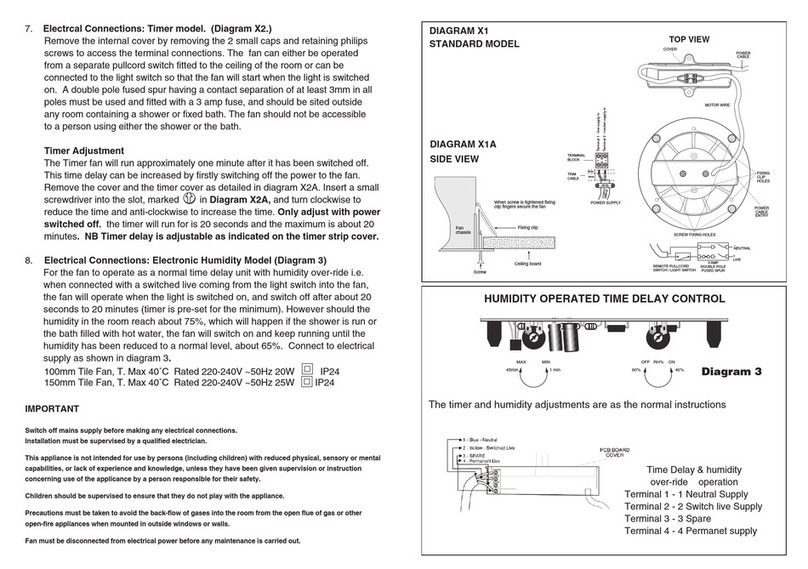Table of
Contents
1. Use Instruction................................................................................................................... 1
1.1 Overview...................................................................................................................... 1
1.1.1 Construction Profile..................................................................................................... 1
1.1.2 Major Application......................................................................................................... 1
1.1.3 Main Functions ............................................................................................................ 1
1.1.4 Additional Functions.................................................................................................... 2
1.1.5 Major Features ............................................................................................................ 2
1.1.6 Normative References................................................................................................. 2
2. Technical Parameters........................................................................................................ 3
2.1. Operating Voltage ...................................................................................................... 3
2.2. Current Parameters.................................................................................................... 3
2.3. Frequency Parameters............................................................................................... 3
2.4. Self- power Consumption of Meter............................................................................. 3
2.5. Active Metering Accuracy........................................................................................... 3
2.6. Display Mode.............................................................................................................. 4
2.7. Pulse Constant........................................................................................................... 4
2.8. Active Check Output................................................................................................... 4
2.9. Serial Communication Interface................................................................................. 4
2.10. Meter Electromagnetic Compatibility.......................................................................... 4
2.11. Insulation Test............................................................................................................ 5
2.12. Application Environment............................................................................................. 5
2.13. Operating Principle Diagram ...................................................................................... 6
3. Physical Design................................................................................................................. 7
3.1. Construction Diagram................................................................................................. 7
3.2. Dimension Diagram.................................................................................................... 8
3.3. Wiring Diagram........................................................................................................... 8
3.4. Protective Class.......................................................................................................... 9
3.5. Resistance to Heat and Fire....................................................................................... 9
4. Functions........................................................................................................................... 9
4.1. Metering Function....................................................................................................... 9
4.2. Active Energy Metering .............................................................................................. 9
4.3. Active Direction Definition .......................................................................................... 9
4.4. Active Max Demand (MD) Calculation ....................................................................... 9
4.5. Load Control Function.............................................................................................. 10
4.6. Pre-alarming Consumption Function........................................................................ 10
4.7. Reverse Consumption Function............................................................................... 10
4.8. LCD Data Display..................................................................................................... 10
4.9. IR Communication Function..................................................................................... 11
4.9.1 Time Synchronization............................................................................................. 12
4.9.2 Read Meter Data Item ............................................................................................ 12
4.10. Prompts.................................................................................................................... 12
4.11. Data Item Display Function...................................................................................... 12
4.11.1 LCD Display Instruction........................................................................................ 12




























